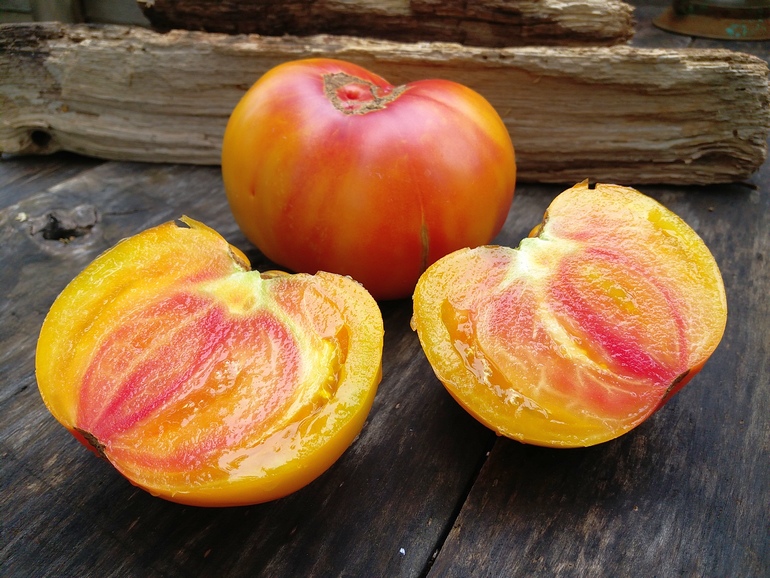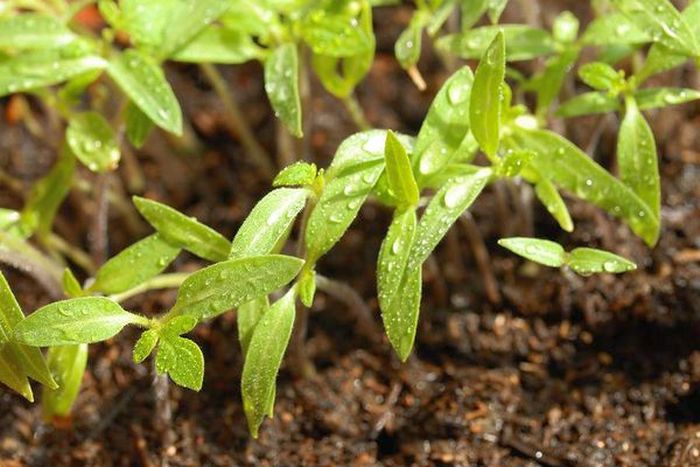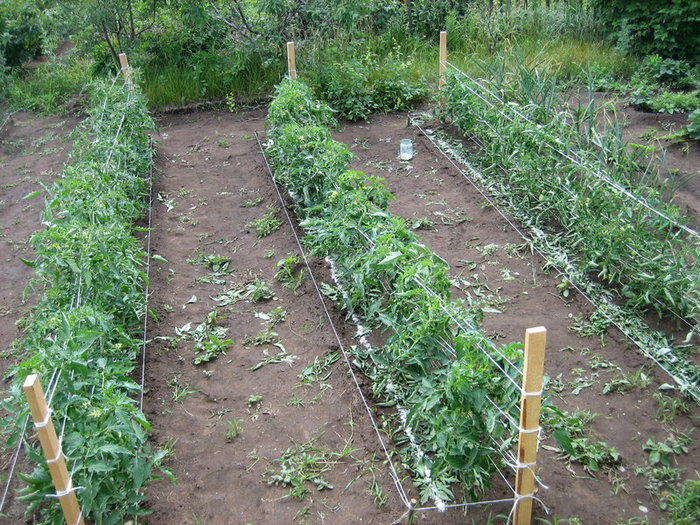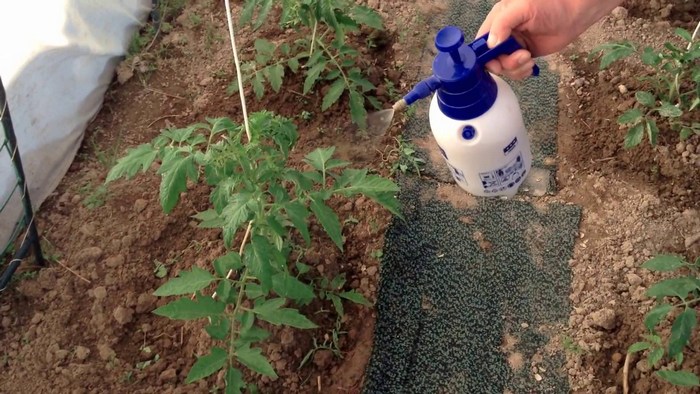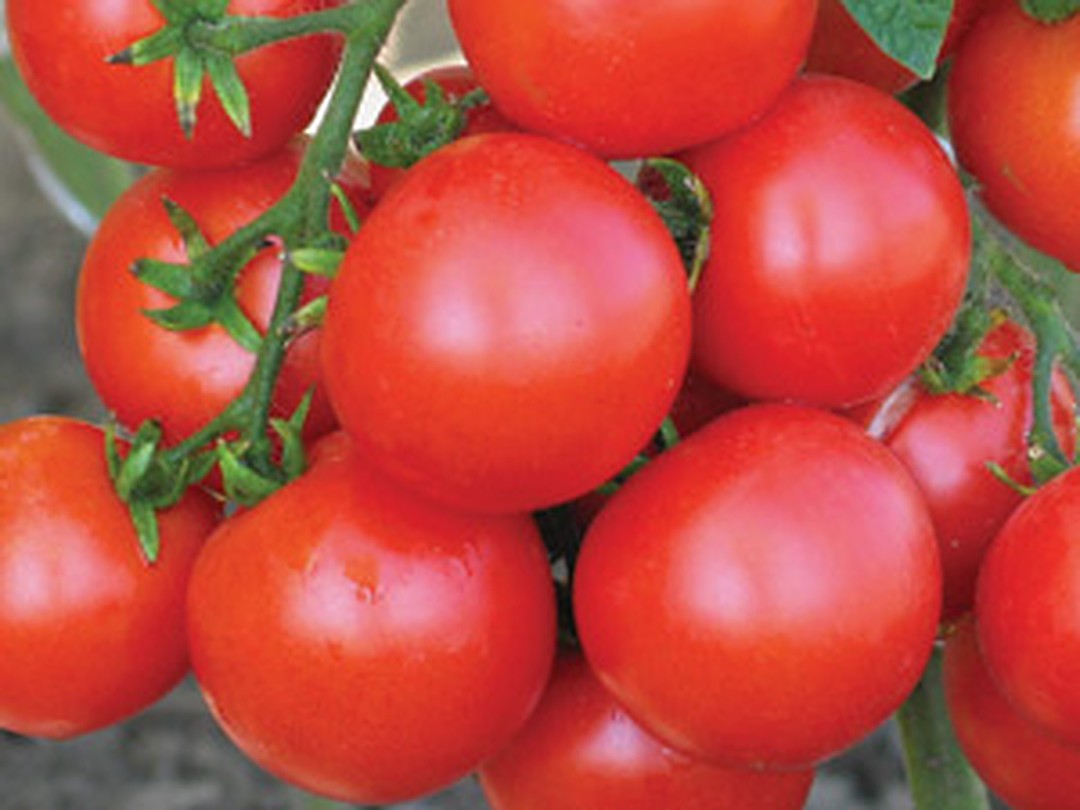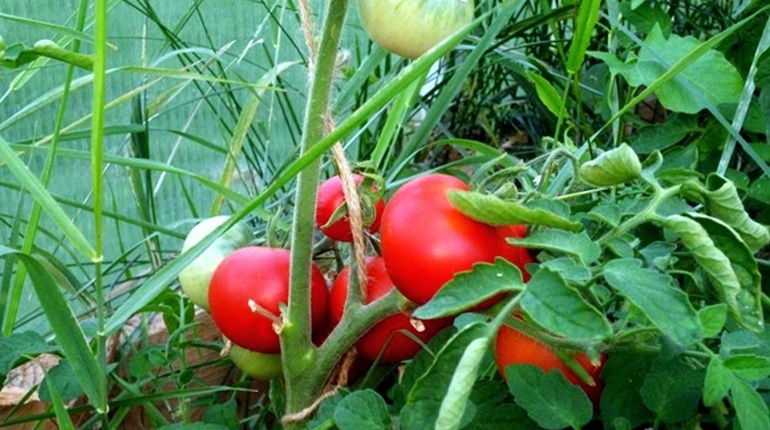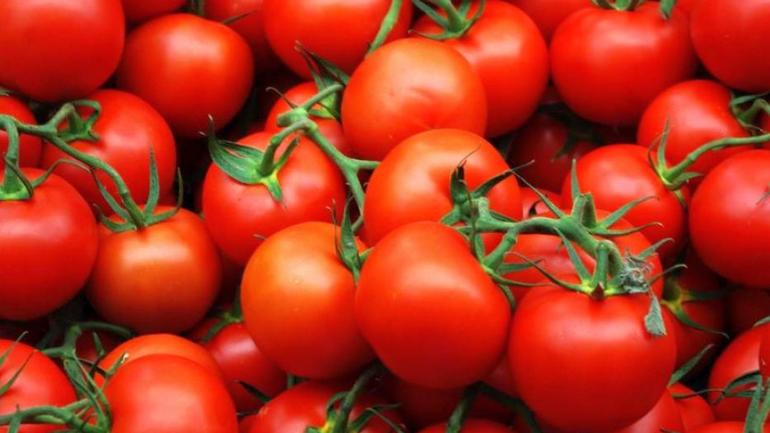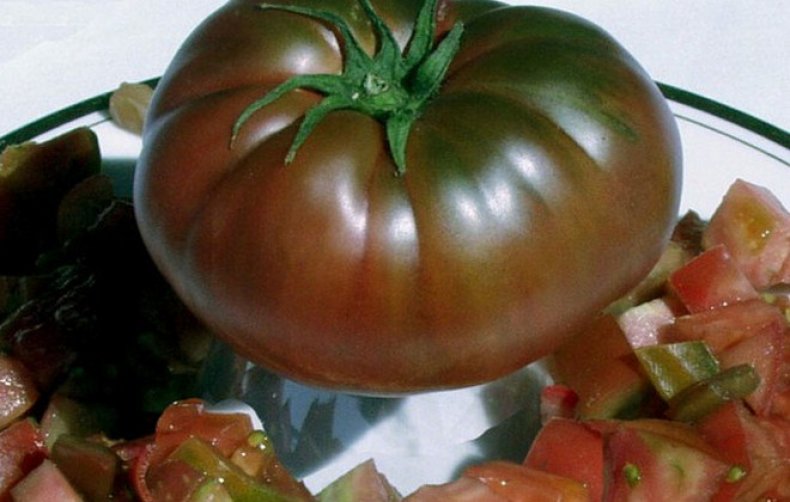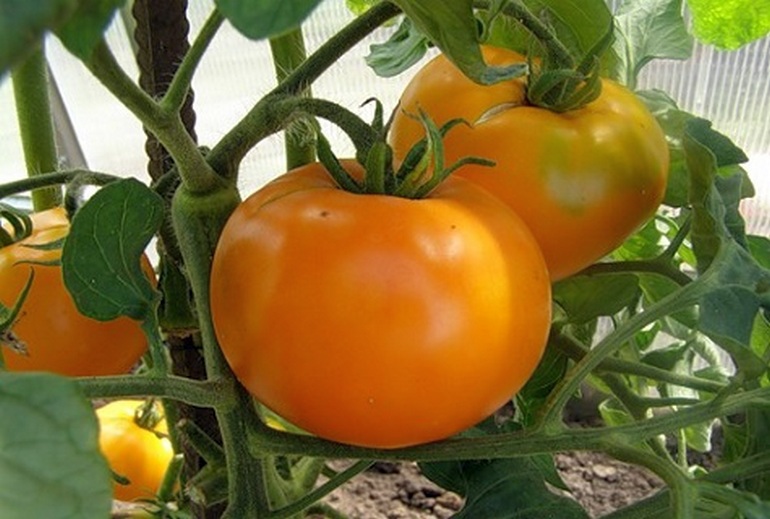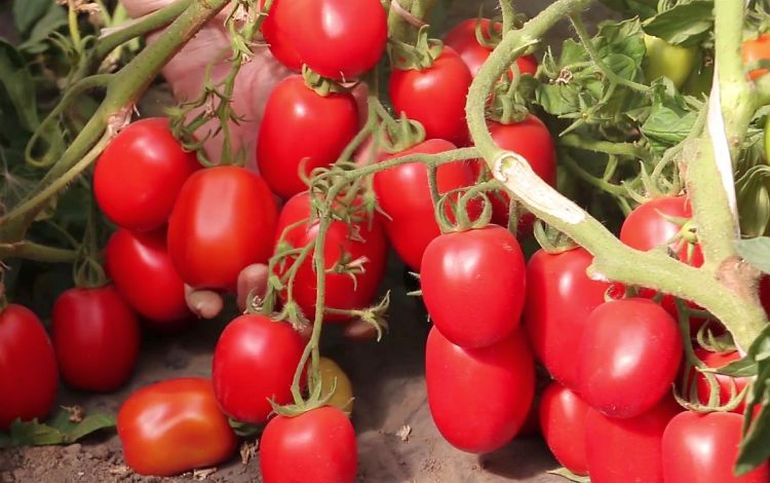Content:
Tomato Honey salute - indeterminate. The variety was bred in Russia in 1999, and entered the State Register of Breeding Achievements in 2004. Tomatoes are advised to be planted in greenhouses.
Characteristics and description of the tomato variety Honey Salute
The bush reaches a height of 1.8 m, a large number of stepsons can grow at the bottom of the stem. This is a medium late variety, that is, tomatoes must be harvested 4 months after the first shoots appear. The number of leaves on the bush is average. The first inflorescence can grow over 9–12 leaves. It is advised to plant seedlings in greenhouses and tie them to a trellis.
The tomatoes are rounded, slightly flattened. Fruits are yellow with reddish spots. The golden flesh also has reddish and pinkish blotches. One fruit contains 5 seed nests. The taste is excellent. As one breeder wrote, "Welcome the breeding of such hybrids."
Fruits are eaten fresh, put in salads, tomato sauces are squeezed out.
Advantages
The Honey Salute variety has many advantages:
- excellent fruit taste, they are very sweet, with a honey flavor;
- tomatoes of the original color, two-tone;
- the variety is resistant to TMV.
disadvantages
The disadvantages include:
- the plant is not resistant to diseases of tomatoes, except for TMV, therefore it needs preventive treatments;
- the culture is very demanding on soil fertility;
- bushes need to be constantly shaped, tied up.
Planting seeds for seedlings
If the bag of seeds does not say that they are treated with a fungicide, a pink solution of potassium permanganate should be made. Pour the seeds into cheesecloth, place in potassium permanganate for half an hour, rinse and dry a little.
If the package indicates that the seeds are disinfected, you need to pour them into plain water for several hours.
Lay expanded clay on the bottom with a layer of 2 cm, then lay out the earthen mixture, spill abundantly with water. Next, sprinkle the seeds at a distance of 4 cm. Then sprinkle with a layer of soil 1 cm. Cover the container with a film, put the planting in a warm and bright place. Every day it is necessary to raise the film in order to ventilate the crops, moisten the earth if it dries up.
When sprouts appear, you need to remove the film. When 2 true leaves appear on each seedling, they are dived into separate containers.
Outdoor transplant and plant care
It takes 65–70 days to grow seedlings in the house, then they should be transplanted into a greenhouse. The deadline is approximately May 15th. It is required to dig holes, observing an indent of 40 cm.Leave a distance of 60 cm between the rows.
You will have to constantly cut off stepchildren who are below the first inflorescences. When 4-6 inflorescences grow on the stem, pinch its top.
It is required to regularly water the crop abundantly, regularly combine watering with fertilizing with organic and mineral fertilizers. It is also advised to huddle plants, this will stimulate root growth.
Diseases and pests
Bushes can be affected by whiteflies and spider mites. To eliminate parasites, you should spray them with colloidal sulfur, use traps to which pests adhere.
In addition, it is advised to spray the plants with Bordeaux mixture and solutions containing copper 2-3 times a month so that diseases from fungi do not spread in the greenhouse.
In this case, you need to spray the plantings with Fitosporin, making a solution of 5 g and a bucket of water. You can also treat the bushes with Ecosil by adding 15 drops to 3 liters of clean water.
Tomato Honey fireworks will please the gardener with its unusual bicolor fruits that have a pleasant sugary taste.
